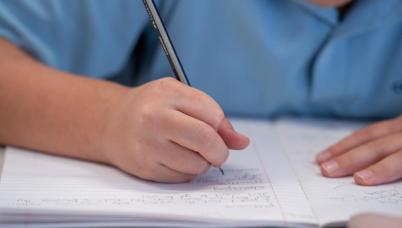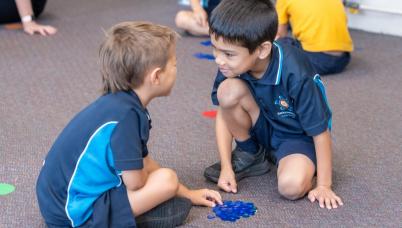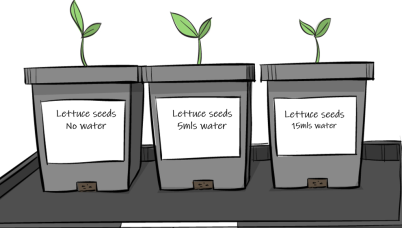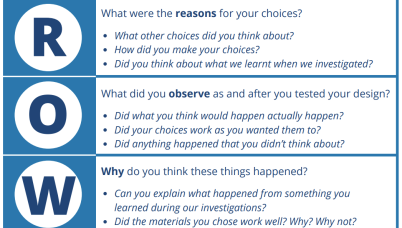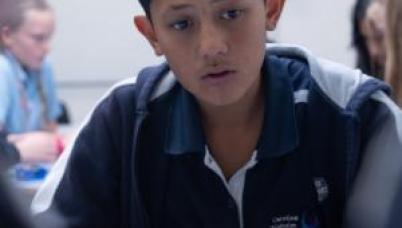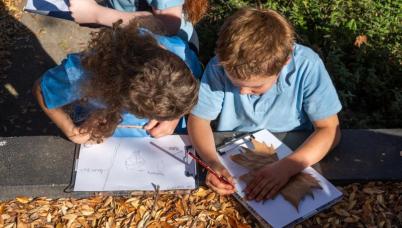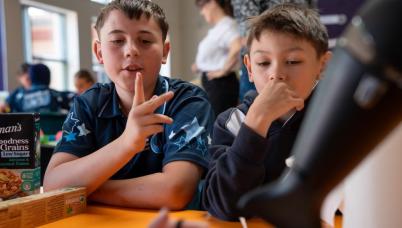Pedagogical toolbox
Explore our collection of pedagogical tools, curated to equip you to adapt or design teaching sequences, or to provide professional learning for you and your colleagues.
Filter Tool Types
Adapting and differentiating
Differentiation is an approach that encourages teachers to adapt their teaching for student diversity while maintaining high expectations for all.
Addressing alternative conceptions
The ability to question ideas, challenge perceptions and reach consensus is an important part of developing a deep connected understanding of science.
Collaborative learning
Collaborative learning occurs when two or more students learn or attempt to learn something together.
Conducting fair test investigations
When scientists plan and conduct a fair test investigation it is to answer a question or test a prediction. Students emulate this in the classroom as they continue to develop their science inquiry skills.
CROWN
CROWN is an argumentation tool. It supports students to communicate plans for, and critical evaluation of, designed solutions that meet present or future needs.
Cultivating a questioning culture
Students’ questions can be expressions of their existing knowledge, reasoning, assumptions, doubts, curiosity and wonder, and interest and motivation to learn.
Cumulative listing
Cumulative listing is a fast and efficient way to collate responses from a group.
Drawing like a scientist
Scientists use drawings and illustrations to record observations or procedures, or to share scientific ideas.
Facilitating evidence-based discussions
It is through articulating, communicating, and debating their ideas and arguments that students are able to develop a deeper understanding of science and the way scientists think and work.
